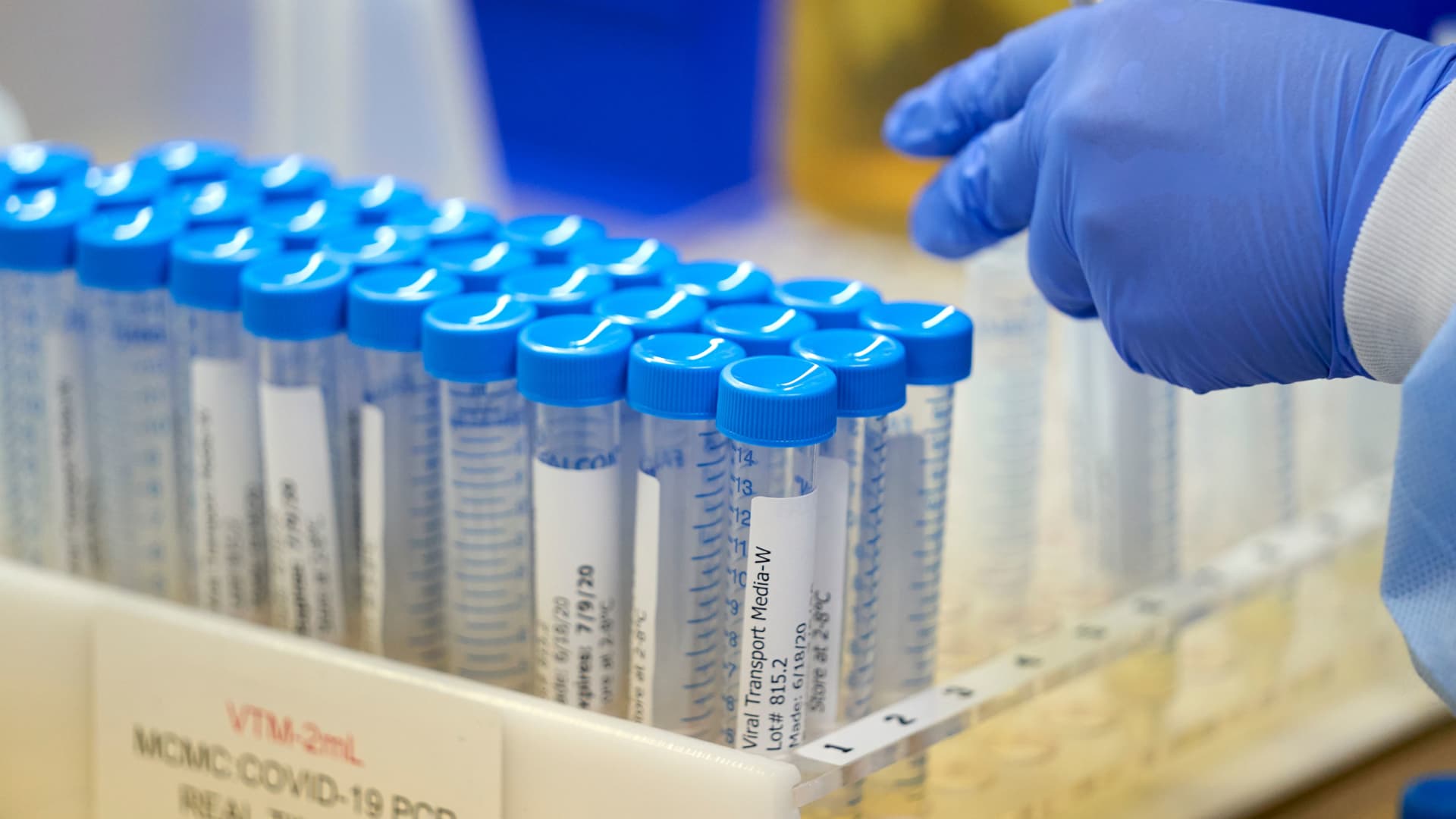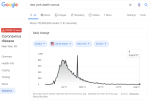[/URL]
Turns out a lot of our testing has been wildly inaccurate, misleading, and counter productive.
“In three sets of testing data that include cycle thresholds, compiled by officials in Massachusetts, New York and Nevada, up to 90 percent of people testing positive carried barely any virus, a review by The Times found."
"On Thursday, the United States recorded 45,604 new coronavirus cases... If the rates of contagiousness in Massachusetts and New York were to apply nationwide, then perhaps only 4,500 of those people may actually need to isolate and submit to contact tracing."
“In Massachusetts, from 85 to 90 percent of people who tested positive in July with a cycle threshold of 40 would have been deemed negative if the threshold were 30 cycles, Dr. Mina said. 'I would say that none of those people should be contact-traced, not one,' he said."
Turns out a lot of our testing has been wildly inaccurate, misleading, and counter productive.
“In three sets of testing data that include cycle thresholds, compiled by officials in Massachusetts, New York and Nevada, up to 90 percent of people testing positive carried barely any virus, a review by The Times found."
"On Thursday, the United States recorded 45,604 new coronavirus cases... If the rates of contagiousness in Massachusetts and New York were to apply nationwide, then perhaps only 4,500 of those people may actually need to isolate and submit to contact tracing."
“In Massachusetts, from 85 to 90 percent of people who tested positive in July with a cycle threshold of 40 would have been deemed negative if the threshold were 30 cycles, Dr. Mina said. 'I would say that none of those people should be contact-traced, not one,' he said."


